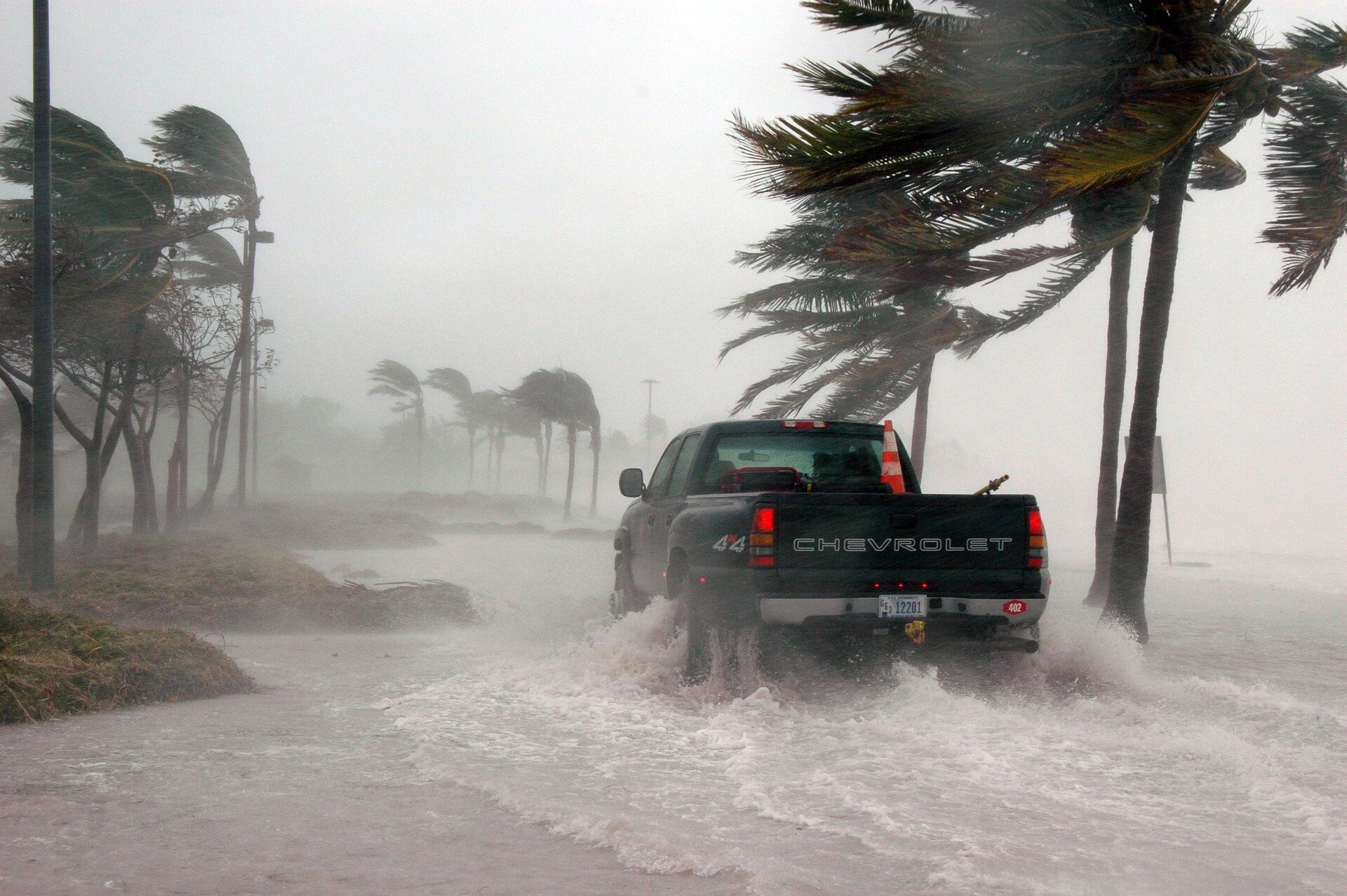News
How effects of hurricanes have been mitigated

Hurricanes are among the most destructive natural disasters, causing significant damage to property, infrastructure, and human life. Over the years, various measures have been developed and implemented to mitigate their effects.
This article explores how effects of hurricanes have been mitigated, focusing on preparedness, technology, infrastructure improvements, and community planning.
By understanding these strategies, communities can better prepare for and reduce the devastating impacts of hurricanes.
Understanding hurricane effects
Hurricanes cause a range of destructive effects, including high winds, heavy rainfall, flooding, and storm surges. These events lead to:
- Property damage: High winds and flooding destroy buildings, vehicles, and essential infrastructure.
- Loss of life: The combination of flooding and collapsing structures poses a significant threat to human life.
- Economic impact: Hurricanes disrupt businesses, agriculture, and transportation systems, resulting in billions of dollars in losses.
- Environmental damage: Coastal erosion, contamination of water supplies, and destruction of ecosystems are common after hurricanes.
Given these severe consequences, mitigation efforts are essential to protect lives and reduce economic losses.
Strategies for mitigating hurricane effects
Advancements in meteorology have played a key role in mitigating hurricane effects. Early detection and accurate forecasting allow communities to prepare in advance, reducing casualties and property damage.
- Satellite technology: Satellites provide real-time data on hurricane formation, tracking, and intensity.
- Advanced models: Computer simulations predict hurricane paths, helping officials make informed decisions about evacuations and resource deployment.
- Emergency alerts: Governments and organizations use apps, text messages, and broadcast systems to warn residents of impending storms.
Strengthening infrastructure
Resilient infrastructure is a cornerstone of hurricane mitigation. By building stronger structures and retrofitting existing ones, communities can better withstand high winds and flooding.
- Hurricane-resistant buildings: Homes and buildings in hurricane-prone areas are constructed with reinforced materials, impact-resistant windows, and wind-resistant roofs.
- Flood barriers and levees: Coastal cities invest in levees, seawalls, and floodgates to protect against storm surges.
- Elevated structures: Building homes on stilts or elevating critical infrastructure like power stations reduces flood damage.
Sustainable urban planning
Urban planning that considers hurricane risks can significantly reduce damage and facilitate recovery. Strategies include:
- Zoning regulations: Restricting construction in high-risk coastal areas minimizes exposure to hurricanes.
- Green infrastructure: Using natural barriers such as mangroves, wetlands, and dunes helps absorb storm surges and reduce flooding.
- Evacuation routes: Designing accessible evacuation routes ensures residents can leave safely before a hurricane hits.
Community preparedness and education
Educating communities about hurricane risks and preparedness is vital for mitigating their effects. Public awareness campaigns and community involvement ensure that residents know how to respond during a hurricane.
- Emergency kits: Encouraging households to maintain emergency kits with essentials like food, water, and first aid supplies.
- Evacuation drills: Conducting drills helps communities practice safe evacuation procedures.
- Public awareness campaigns: Informational programs teach residents how to prepare for hurricanes and minimize risks.
Advances in building codes and standards
Stringent building codes and construction standards are essential for hurricane mitigation. These regulations ensure that structures can endure high winds and flooding.
- Wind-resistant designs: Incorporating aerodynamic designs reduces wind pressure on buildings.
- Reinforced foundations: Strong foundations prevent structures from being uprooted during floods or high winds.
- Inspection and compliance: Regular inspections ensure adherence to updated building codes in hurricane-prone areas.
Investment in technology
Technology has revolutionized how communities prepare for and respond to hurricanes. Innovations include:
- Drones: Used for post-hurricane damage assessment and to locate stranded individuals.
- Flood sensors: Installed in vulnerable areas to provide real-time data on water levels.
- Renewable energy systems: Solar panels and wind turbines provide backup power during outages caused by hurricanes.
Government policies and international aid
Governments play a critical role in mitigating hurricane effects through policies, funding, and coordination with international organizations.
- Disaster relief funds: Allocating resources for recovery and rebuilding efforts.
- Evacuation plans: Enforcing mandatory evacuation orders to protect residents in high-risk zones.
- International cooperation: Countries collaborate to share data, technology, and resources for hurricane preparedness.
Case studies of effective hurricane mitigation
Here are some examples:
1. New Orleans and Hurricane Katrina
After Hurricane Katrina in 2005, New Orleans invested heavily in hurricane mitigation infrastructure:
- Levee system improvements: Upgraded levees and floodwalls to withstand stronger hurricanes.
- Pump stations: Installed advanced pump systems to manage flooding.
- Community engagement: Educated residents about evacuation routes and preparedness.
2. Japan’s coastal flood defenses
Although Japan is more prone to typhoons, the strategies are applicable to hurricanes:
- Seawalls and floodgates: Protect cities from storm surges.
- Disaster drills: Frequent drills ensure public readiness.
- Advanced warning systems: Early alerts allow for timely evacuations.
Challenges in hurricane mitigation
While significant progress has been made in mitigating hurricane effects, challenges remain:
- High costs: Building resilient infrastructure and implementing advanced technology require substantial investment.
- Climate change: Rising sea levels and increasing storm intensity make mitigation efforts more complex.
- Population growth: Expanding urban areas near coastlines increase vulnerability to hurricanes.
- Coordination: Effective mitigation requires collaboration among governments, organizations, and communities, which can be challenging to achieve.
Future of hurricane mitigation
As technology and scientific understanding continue to advance, the future of hurricane mitigation looks promising:
- AI in forecasting: Artificial intelligence can analyze vast datasets to improve hurricane predictions.
- Climate adaptation strategies: Developing policies that address the long-term impacts of climate change on hurricane-prone regions.
- Global cooperation: International partnerships can fund research and share best practices for hurricane mitigation.
To summarize: How effects of hurricanes have been mitigated
The question of how effects of hurricanes have been mitigated involves a combination of advanced technology, resilient infrastructure, sustainable urban planning, and community preparedness.
While challenges like climate change and economic constraints persist, continued innovation and collaboration can further reduce the devastating impact of hurricanes.
By learning from successful mitigation strategies, communities worldwide can better protect lives, property, and ecosystems from future storms. Also, here are some similar articles that you might find useful:
